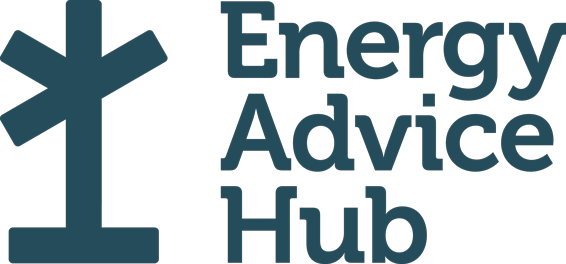As more and more energy-efficient technologies become viable, and prices for behind-the-meter generation options continue to fall, it can be easy to have your head turned by high-tech solutions. However, it is wasted money if the reduced heating costs that should be delivered by your new BMS system are squandered because staff are leaving the windows open, or the power generated by solar panels is being consumed by equipment that has been left on overnight. If your workforce doesn’t understand and engage with your sustainability plans, improving energy efficiency and sustainability is always going to be a losing battle.
For those responsible for delivering sustainability plans, a key aspect should be considering how active and engaged staff are with those targets. Do they know what you are trying to achieve, and how they can contribute? Have staff actively provided suggestions on how to improve, and were those suggestions implemented? Do they feel empowered to make a difference?
The cost of bad habits
If asked outright the majority, indeed likely the vast majority, of your staff would respond that they believe efforts to reduce emissions and address climate change are of vital importance. Most will support, and in many cases expect, the organisation they work for to commit to ambitious sustainability goals.
Getting them to change long-held habits that are compromising those ambitions is another matter. Without realising, many will have developed habits that are actively wasting energy: leaving their computer on overnight, opening windows while the heating is on, leaving lights on in empty rooms, and a host of other small actions that seem insignificant, but quickly add up.
Most would think little of leaving their PC turned on, unused, for two hours per day while they attend meetings, eat lunch, or are otherwise away from their desk. Wasting around 200 watts of electricity over that period, it adds about 1.5p to your bills. While that seems negligible, if 100 staff do it every day for a year it would add nearly £700 to your annual energy costs. When equipment is left on unnecessarily for longer periods, especially overnight, the costs quickly become significant. Collectively, it adds up to more than £60 million in wasted energy from UK offices.
Lighting is another major culprit. According to figures from the Energy Saving Trust, UK businesses waste £170 million each year leaving lights on in unused rooms.
Changing behaviours
While there are plenty of solutions available to reduce these costs, for example replacing lighting with low-power LEDs, an LED turned on in an empty room is still wasting energy. A heat pump sit is being used to heat rooms when nobody is there, the system is not delivering the return on investment that it is capable of. Engaging staff with your sustainability targets and working to align their behaviours with it is the in all likelihood the cheapest energy efficiency technique available to you, saving energy in the short term as well as providing a better platform from which to build a more complex sustainability strategy.
While it can be difficult to know where to start when it comes to changing long-held habits, there are a variety of approaches that suit different individuals, scenarios and desired outcomes. Fundamentally, it needs to start with education, informing staff what they can change and how they can contribute to both saving money and getting green. They aren’t wasting energy on purpose and pointing out simple changes alone can have a big impact.
A study by the University of Oxford explored a wide range of additional methods for further addressing behaviours that waste energy, from persuasion and incentivisation through to coercion. It generally found that the carrot is far more effective than the stick, although broadly social rewards such as recognising the contributions of an individual towards better sustainability were found to be better motivation than small financial rewards.
Finally, clear communication between decision-makers and staff is vital to implementing effective behaviour change. Staff should be shown, in clear terms, how the efforts and changes they have made contribute to better sustainability. Similarly, their opinions, concerns and suggestions are just as important, and systems should be in place to ensure they are listened to and actioned.
A holistic approach that educates staff, shows clear leadership from management and demonstrates the fruits of their new efforts has the potential to deliver substantial savings and carbon reductions at a minimal cost. Quite how significant that change is will depend on how your workforce is currently performing, but if you are not examining it with the likes of our business energy alarms, you risk overlooking simple saving and sustainability wins.








